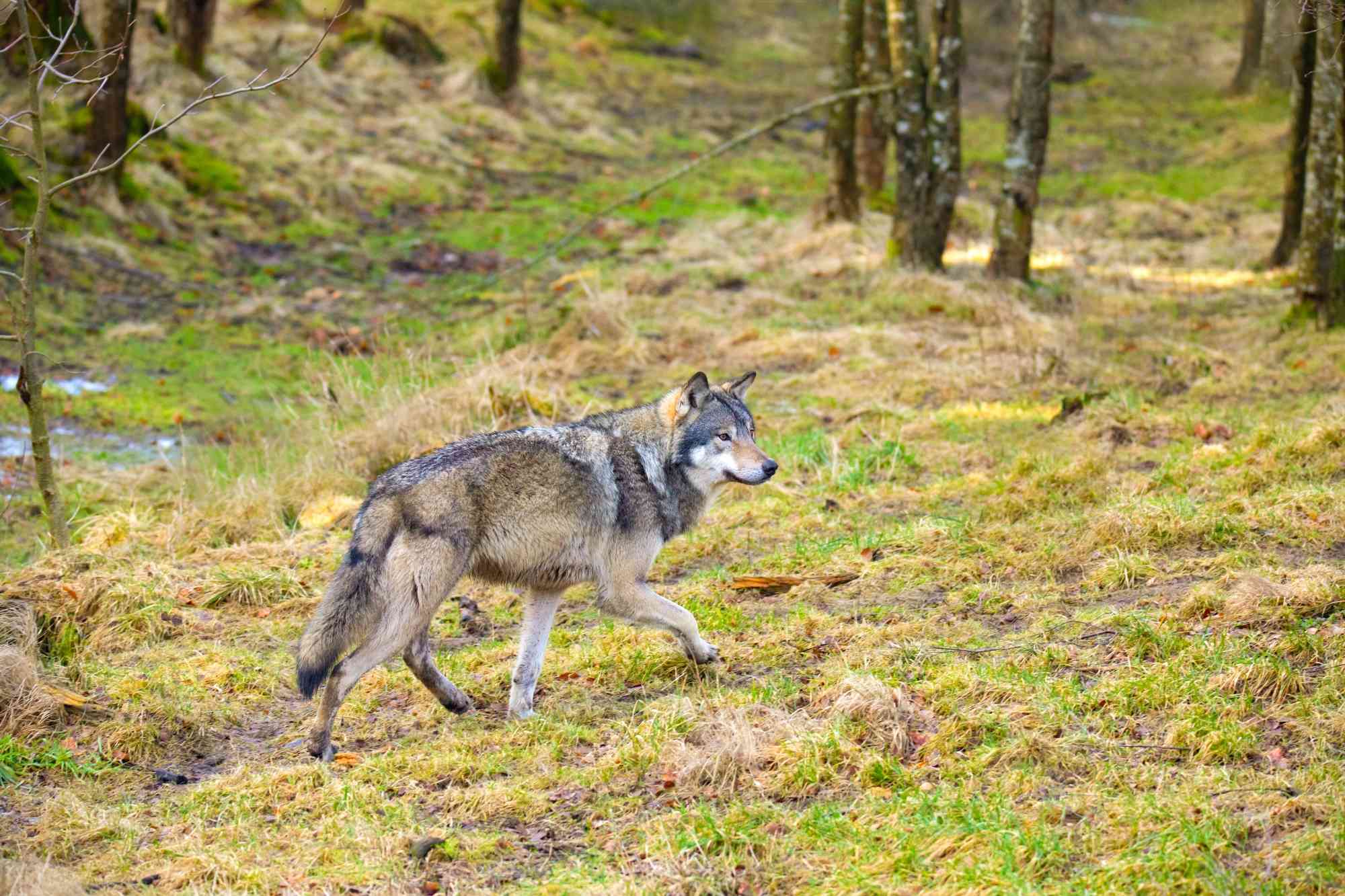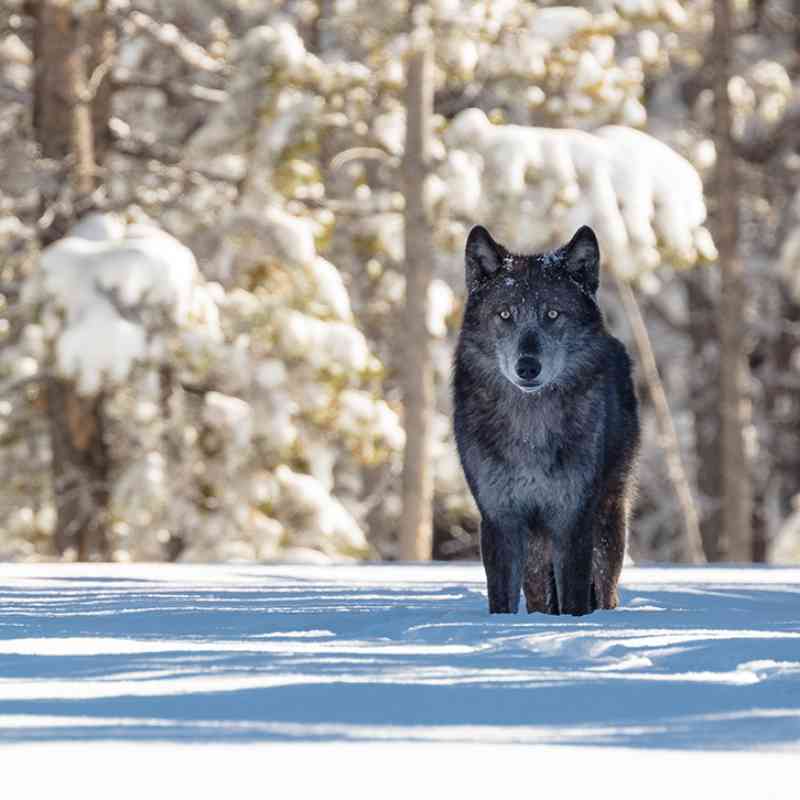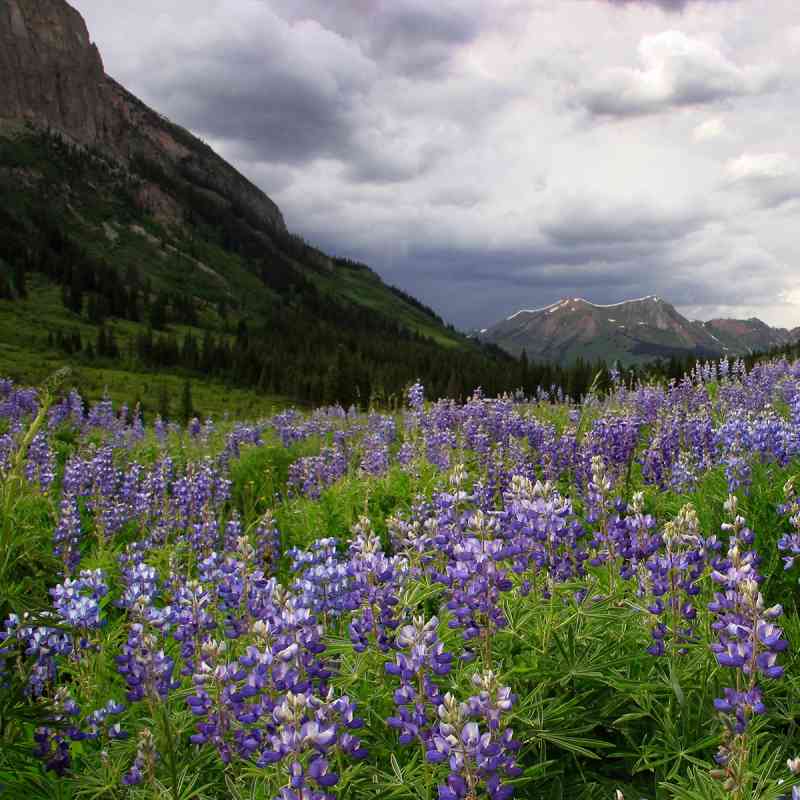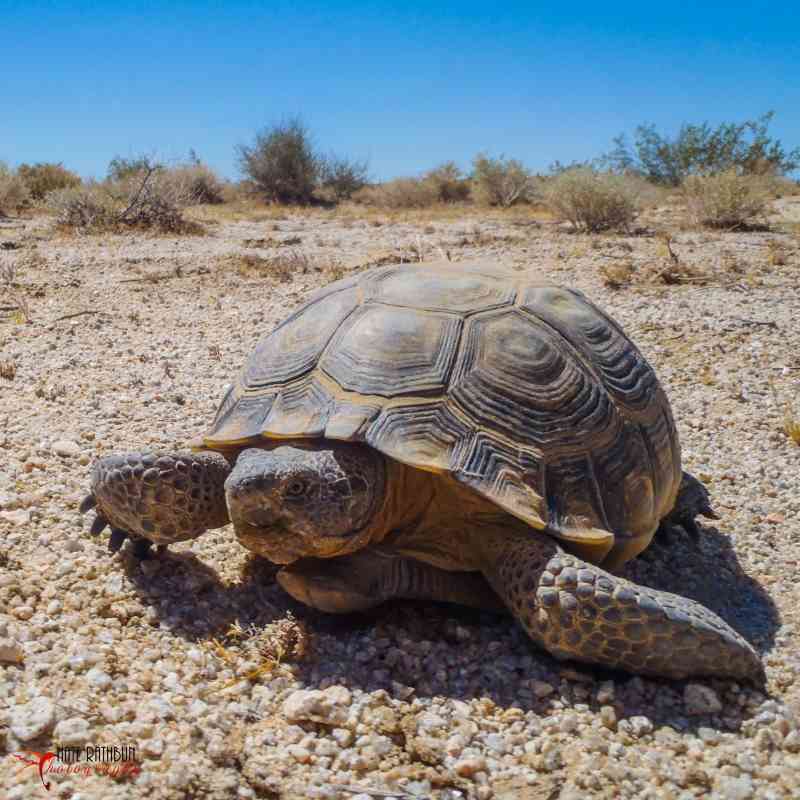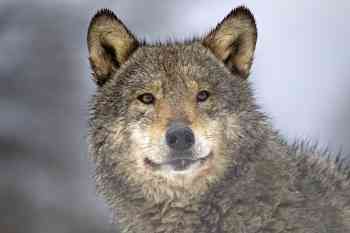A decades-long vision came to reality today when Colorado Parks and Wildlife reintroduced five gray wolves in Grand County, marking the official beginning of the state’s long-awaited gray wolf restoration effort. These five are the first of up to 10 wolves that will be captured from Oregon and released on state-owned lands through March 2024, the first phase of a multi-year restoration campaign. With both federal and state protection, these wolves will now explore Colorado’s wild lands in search of mates and new territory to call home.
“This is an historic moment that makes me proud to be a Coloradan,” said Kaitie Schneider, Rockies and Plains representative at Defenders of Wildlife. “Living alongside wolves and other wildlife is part of life in the West, and we have the tools we need to successfully restore this piece of our natural heritage. Now, we must allow these wolves to lead us toward the first self-sustaining wolf population Colorado has seen in over 80 years.”
Colorado voters passed a ballot measure in 2020 requiring CPW to reintroduce gray wolves to the state. The state’s wolf management plan was then finalized on May 3, 2023, and the federal “nonessential experimental” population rule became effective on December 8, 2023, providing CPW with the regulatory framework for the reintroduction. With today’s release, CPW meets the state-mandated December 31 deadline to begin the reintroduction.
The wolves delivered to Colorado from Oregon were selected because they have no recent history of conflict with livestock and received clean bills of health. Before arriving, they were outfitted with GPS collars for the state to monitor activity. While CPW monitors the progress of these wolves, the agency is also negotiating with other states and tribal nations to determine where to source wolves for the remainder of the three-to-five year-long reintroduction process, a tactic that could enhance genetic diversity.
Defenders of Wildlife for years has been engaging with ranching communities in Colorado to meet the need and growing interest in proactive conflict minimization tools. In 2024, Defenders will offer workshops in the reintroduction area for livestock producers, and will continue to assist ranchers in funding, obtaining, and implementing tools that help livestock and wolves to share the landscape.
“Defenders is committed to working to restore wolves to their natural landscape and to helping ensure communities and people have the tools and knowledge they need to thrive alongside healthy wolf populations,” said Schneider. “We urge the General Assembly to ensure CPW has the resources needed to make coexistence a reality, fulfill the promise of Proposition 114, and safeguard the future of wolves in Colorado.”
For over 75 years, Defenders of Wildlife has remained dedicated to protecting all native animals and plants in their natural communities. With a nationwide network of nearly 2.1 million members and activists, Defenders of Wildlife is a leading advocate for innovative solutions to safeguard our wildlife for generations to come. To learn more, please visit https://defenders.org/newsroom or follow us on X @Defenders.
